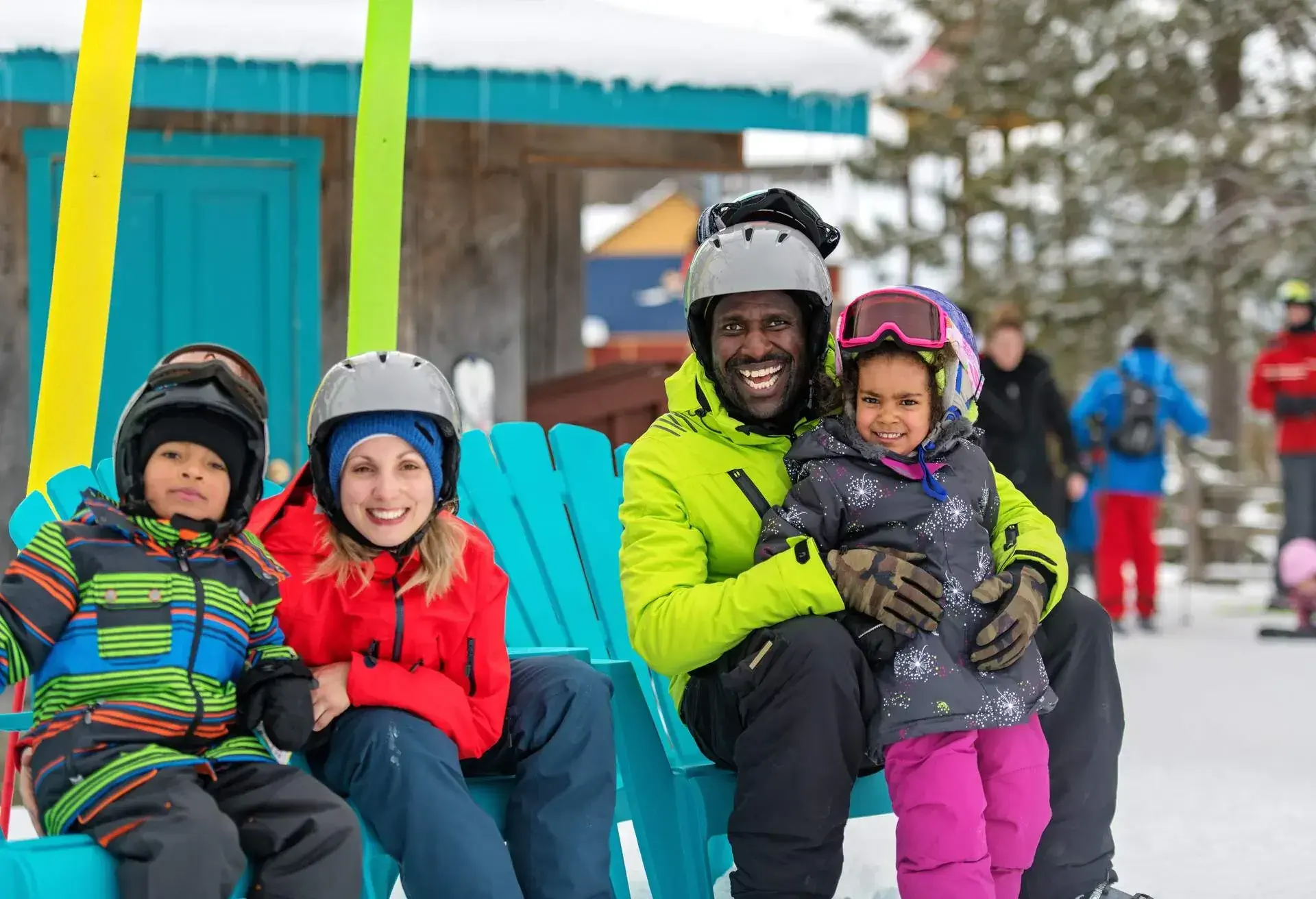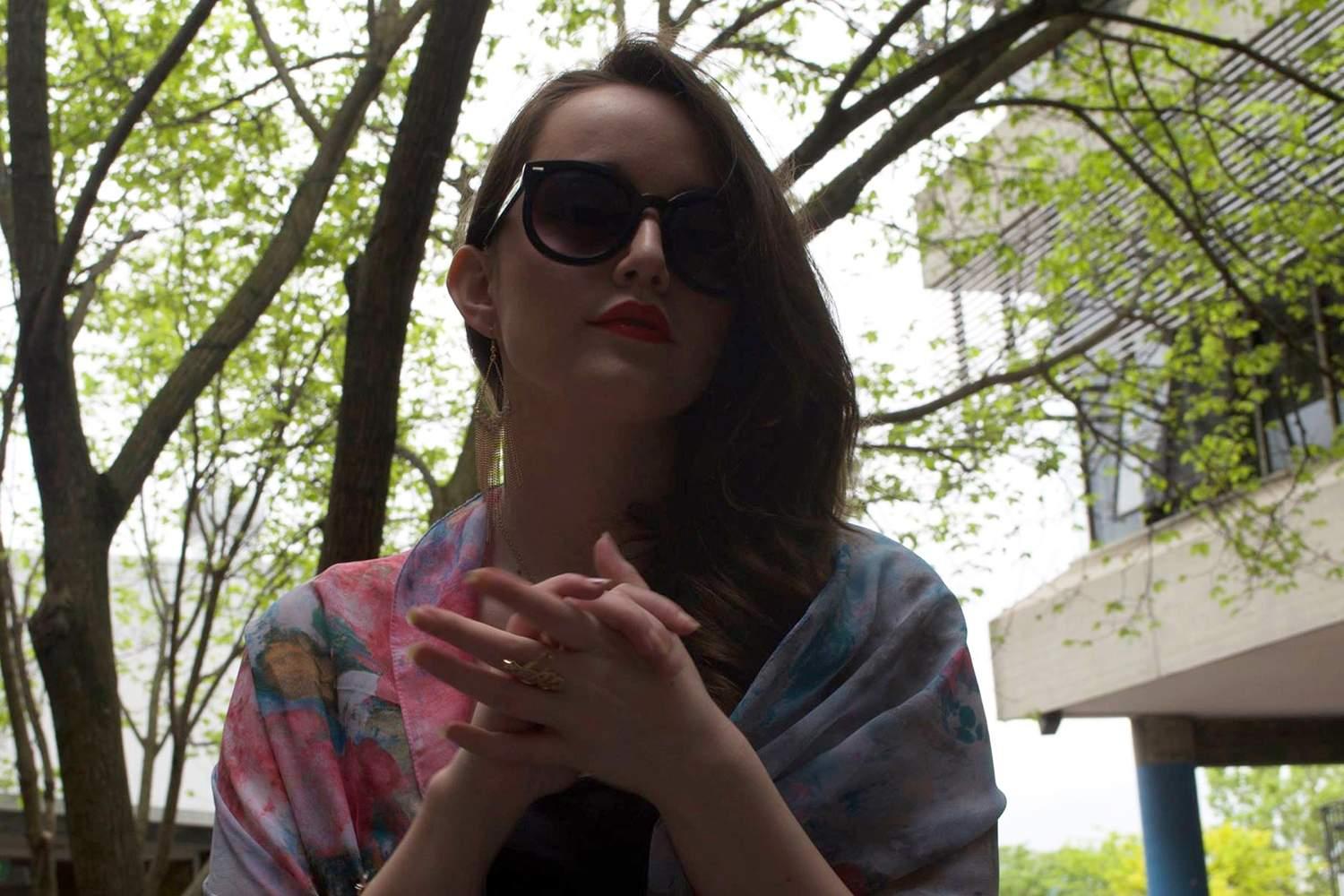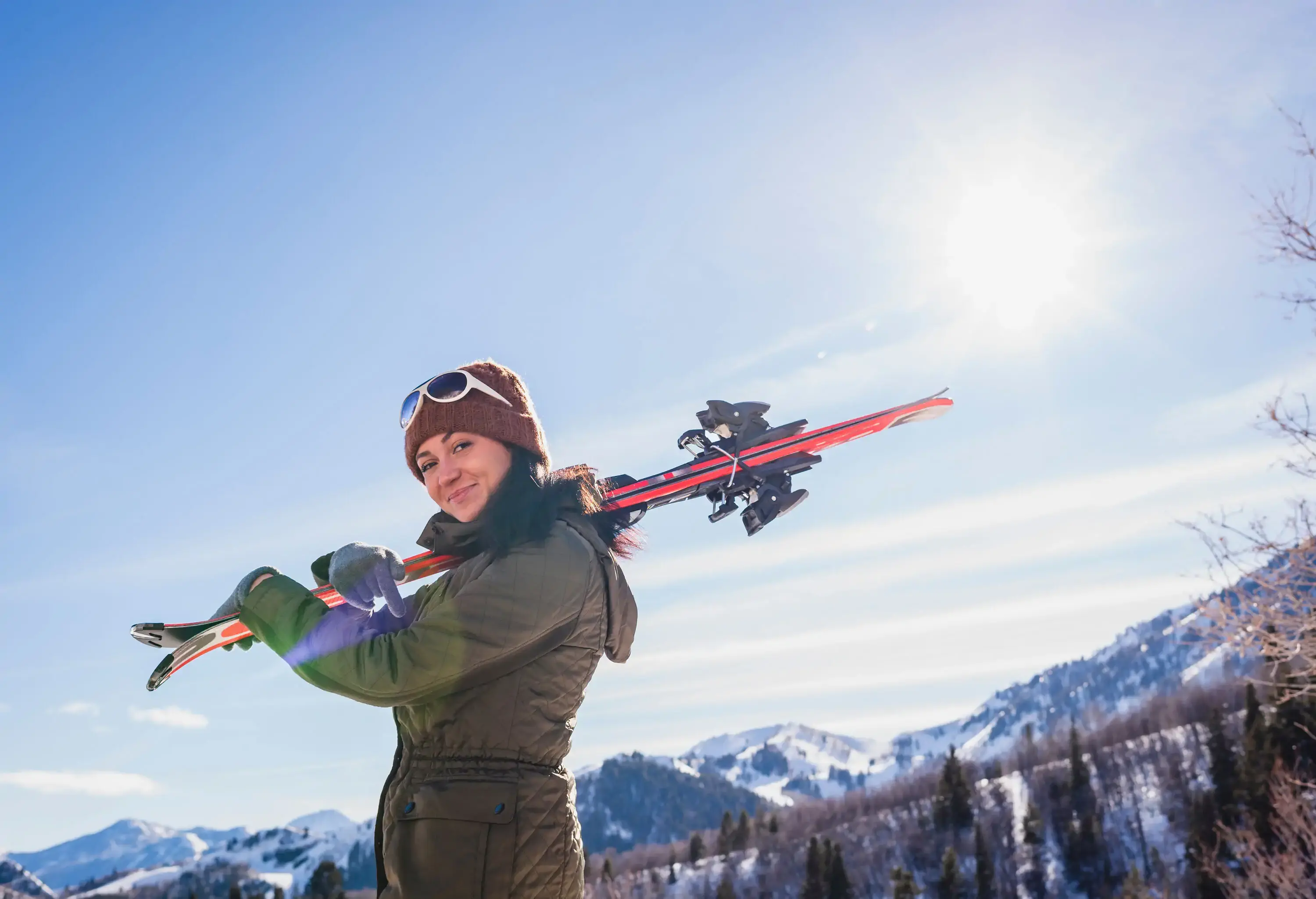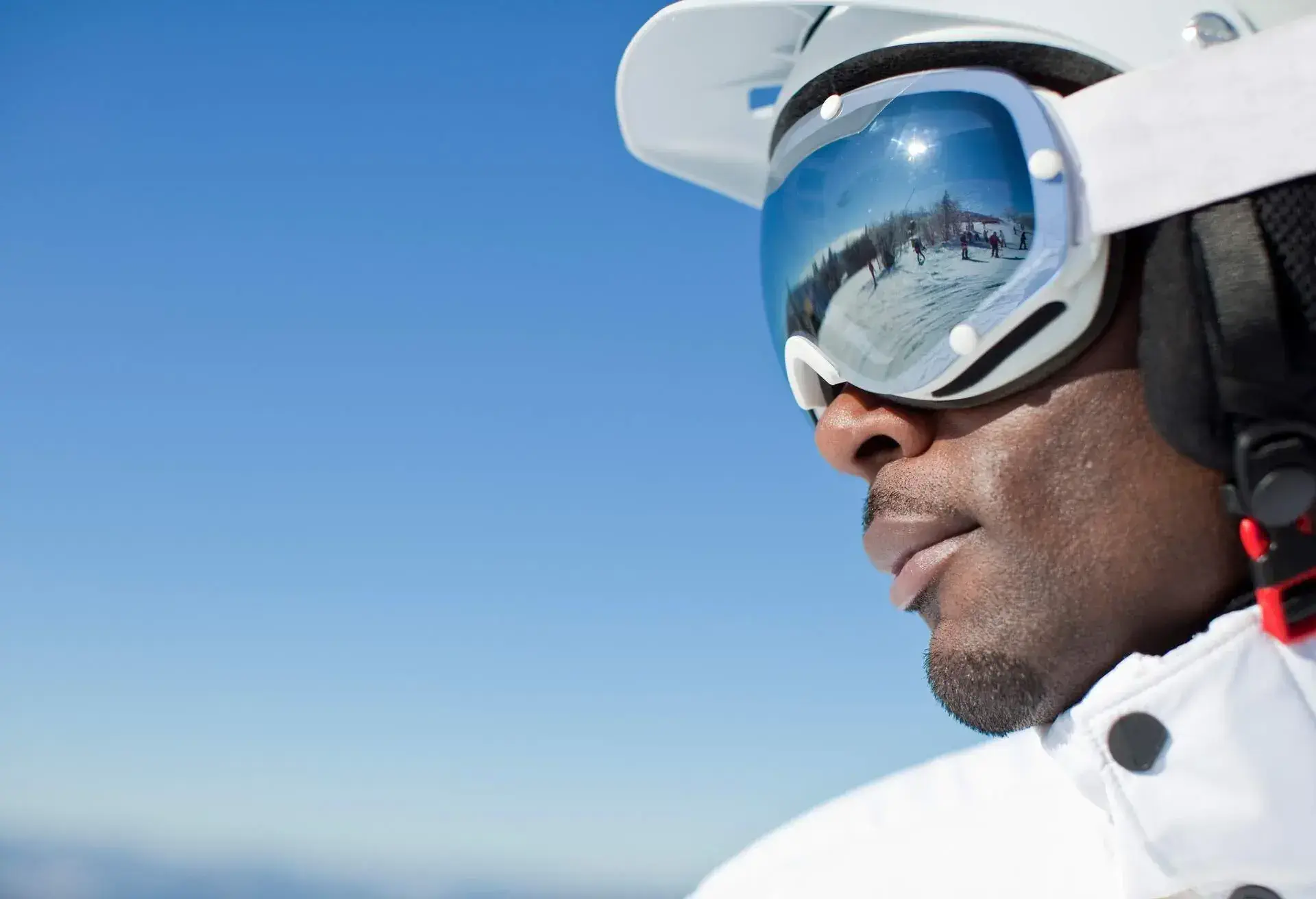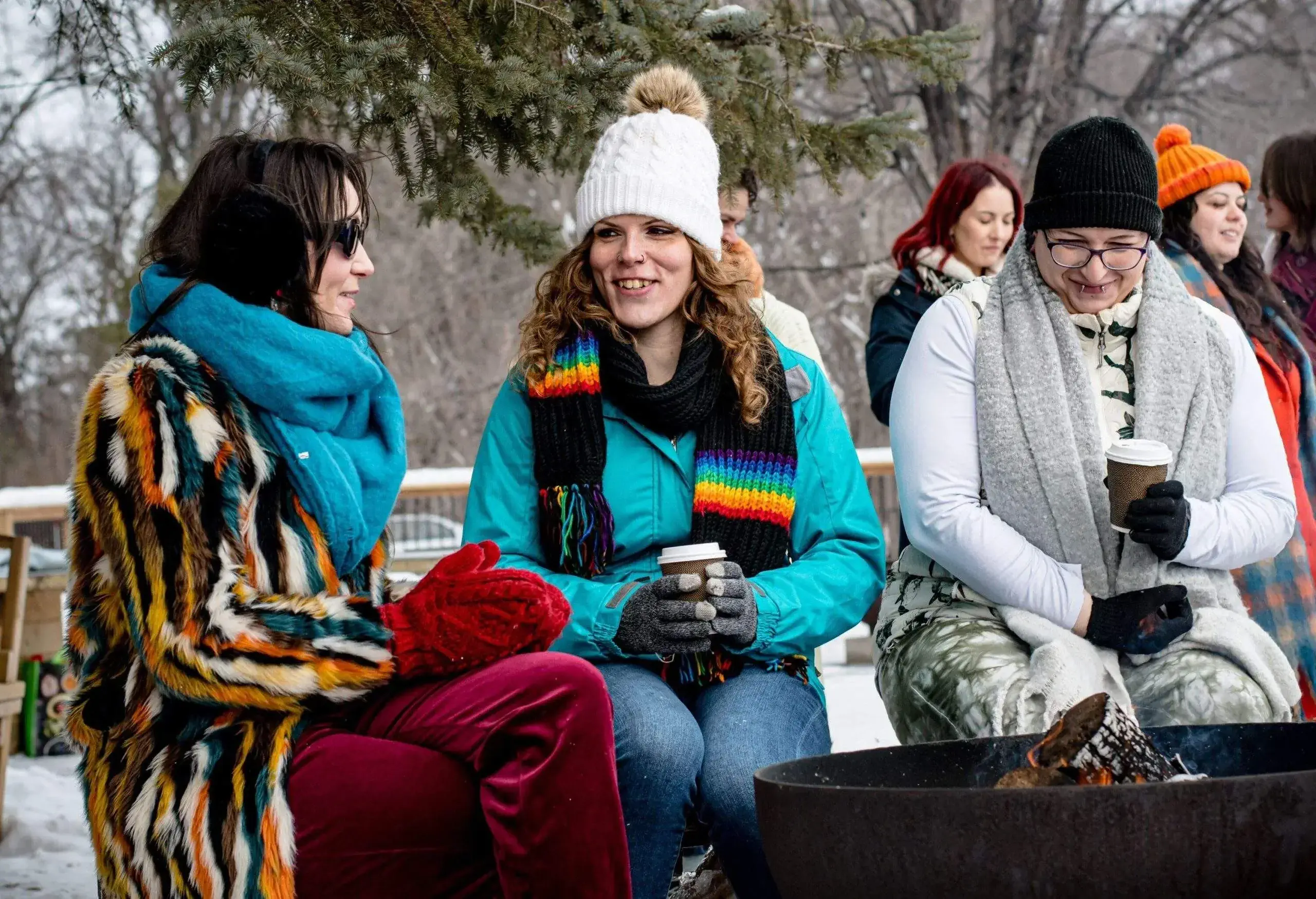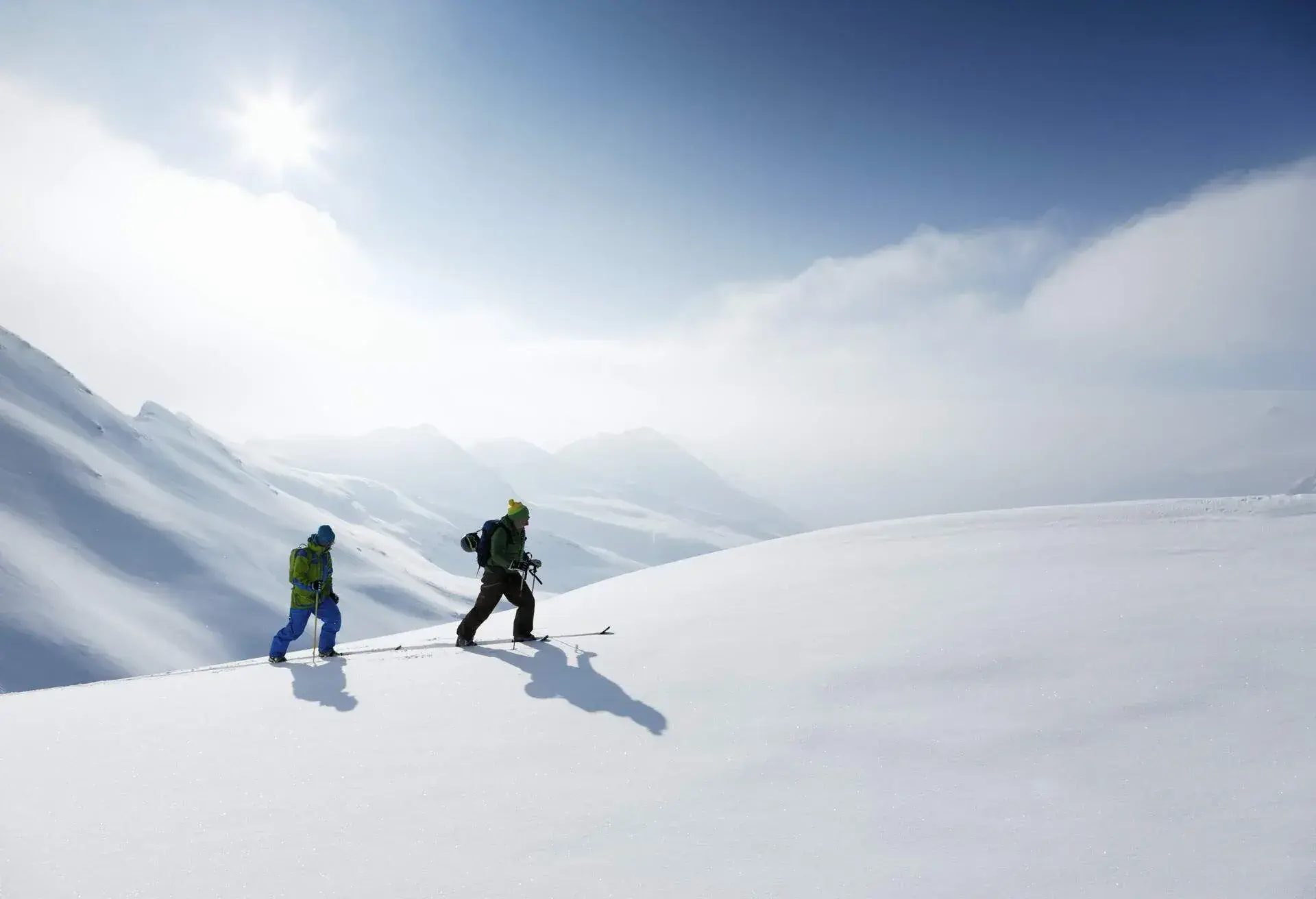Many travellers think of Australia as one of the ultimate summer destinations, with sunny beaches and desert sands, so you might wonder: can you ski in Australia? Yes! The country also boasts some beautiful mountain ranges that make for an amazing winter getaway. Even if you or one of your travel companions don’t love to ski, many resorts have relaxing day spas, trendy restaurants, and cosy ski lodges where you can stay just to get away from it all.
Ski Resorts in Australia: When to go
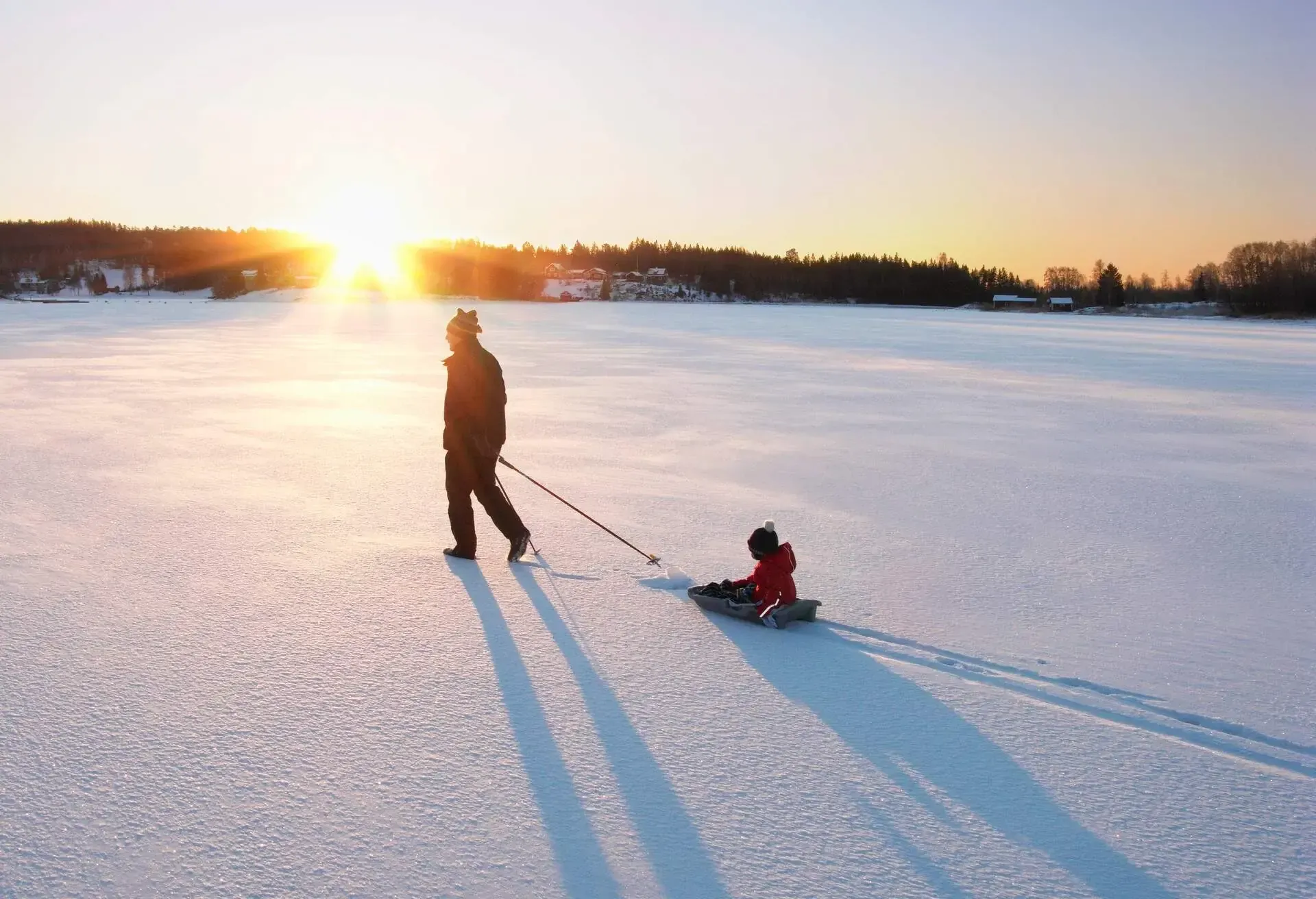
Australia is in the southern hemisphere, which means that its winter takes place between June and August. Most resorts are at their coldest between July and August, with the highest snowfall generally occurring in August. Australian ski resorts usually open in late June and close in late September or early October. Even the highest ski resorts in Australia aren’t guaranteed snowfall throughout winter, so most will use a mixture of natural snowfall and snow-making techniques to provide good coverage.
Ski Resorts in Australia: Where to go
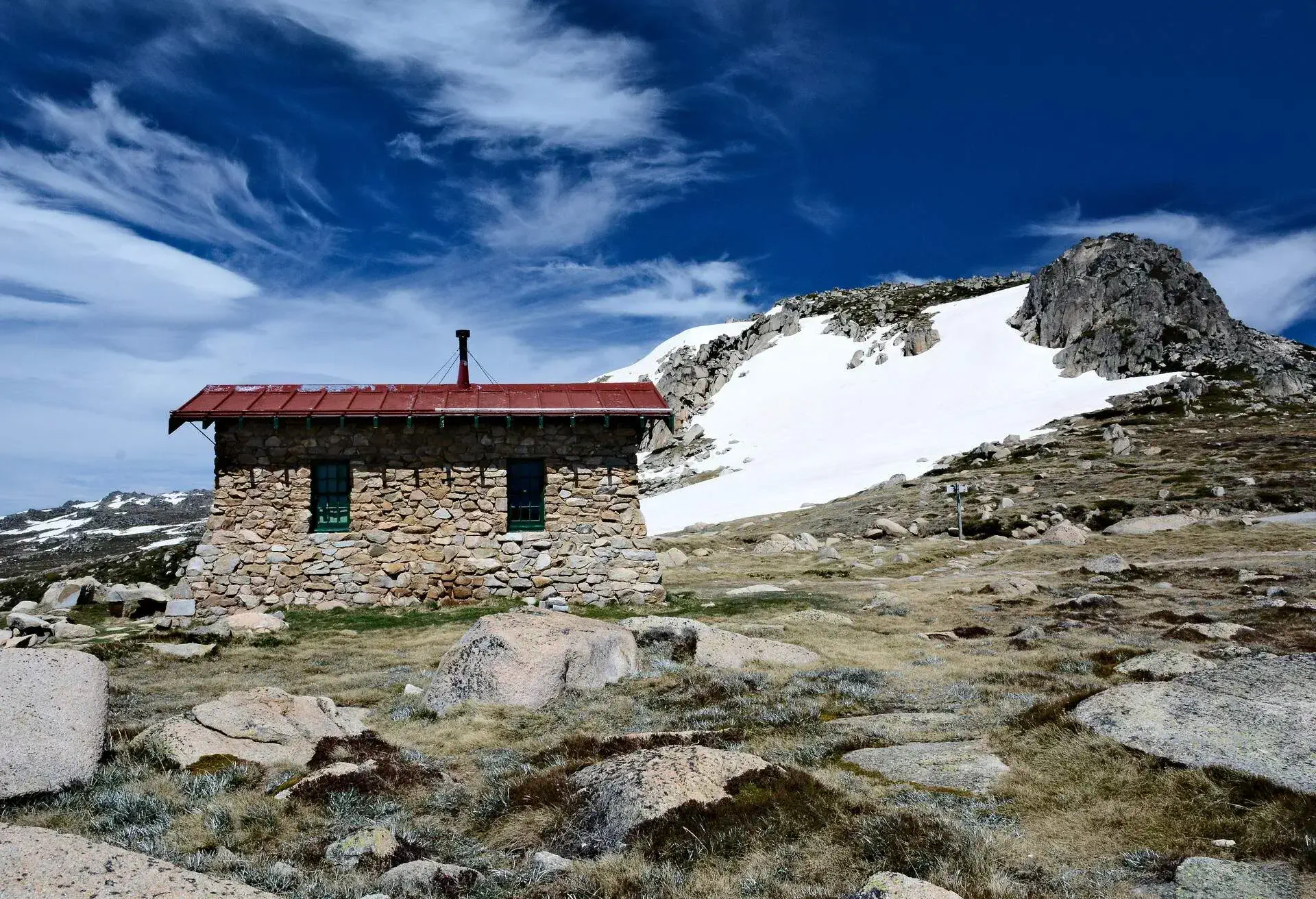
Australia isn’t generally associated with winter sports, and it’s true that large parts of Australia are warm and sunny for most of the year. To go skiing in Australia, you’ll want to head down south along its east coast, to New South Wales, Victoria and Tasmania. Victoria has multiple ski resorts in the Great Dividing Range, within a few hours of their capital, Melbourne, and the New South Wales ski resorts are mostly concentrated in Kosciuszko National Park. One of the best things about going skiing in Australia is that when you’ve had enough of the snow and cold, you can head north and enjoy the sunny dry season at the coastal retreats of Queensland.
Mount Hotham, Victoria
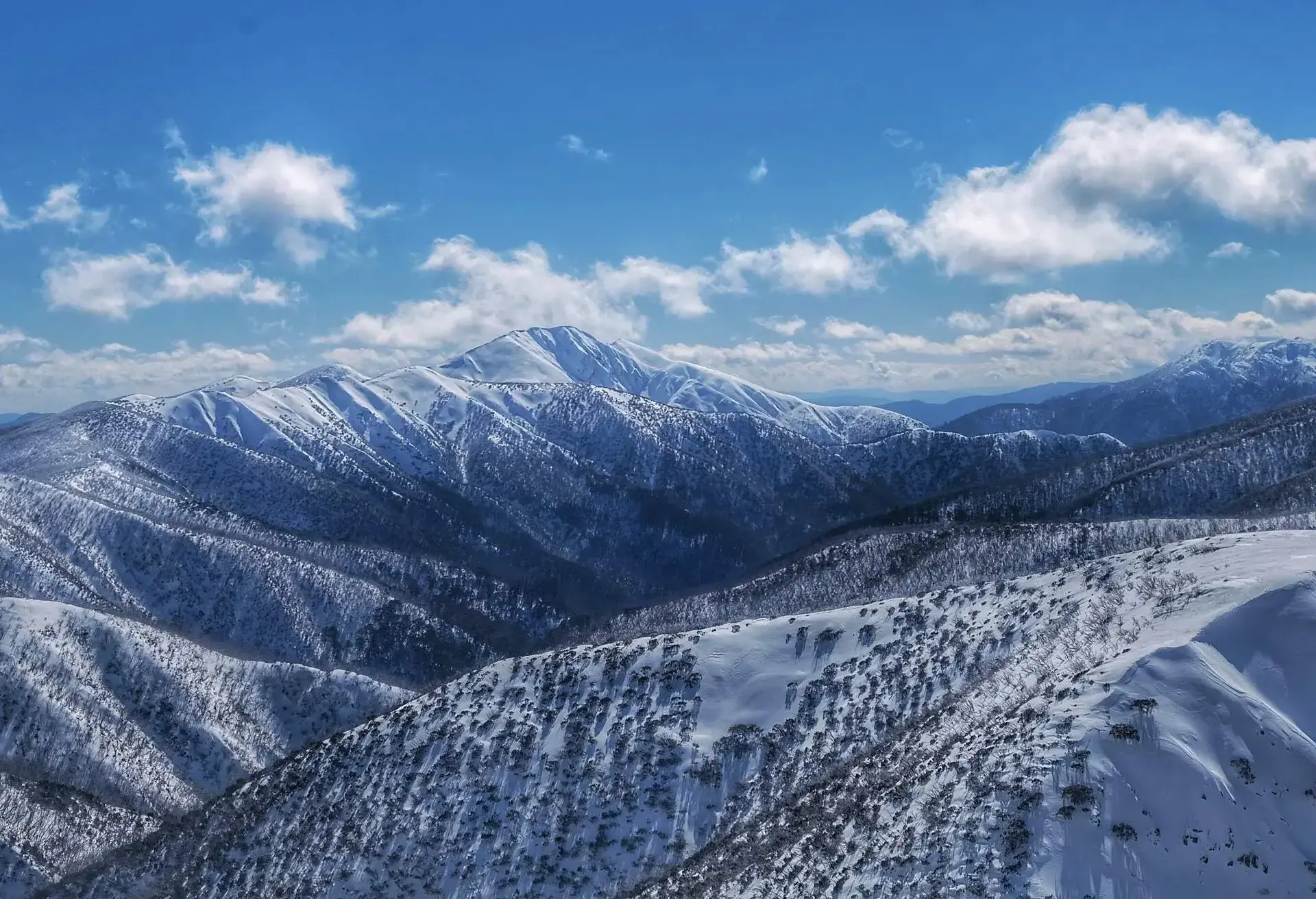
Mount Hotham is one of the most popular ski resorts in Australia, with more experienced skiers and some of the steepest ski runs in the country. There are also day spas, roughly 20 restaurants, sled-dog tours and helicopter trips on the mountain. Families with young kids will love the Kids’ Snowzone, where kids aged three to 14 can get skiing lessons. When the parents want to spend some time working on the tougher slopes, they can drop kids off at the Hotham Daycare Centre for as little as an hour or as long as a full day.
Quick Facts: Mount Hotham, Victoria
Mount Hotham sits at an elevation of roughly 1,860 metres and gets enough snow coverage to be known as the “Powder Capital of Australia”. The temperature averages between -2°C and 4°C from June to September and the snow has an average depth of 1.5 metres in August. There are around 791 acres of skiable terrain, 13 ski lifts and downhill runs as long as 2.5 km.
Mount Buller, Victoria
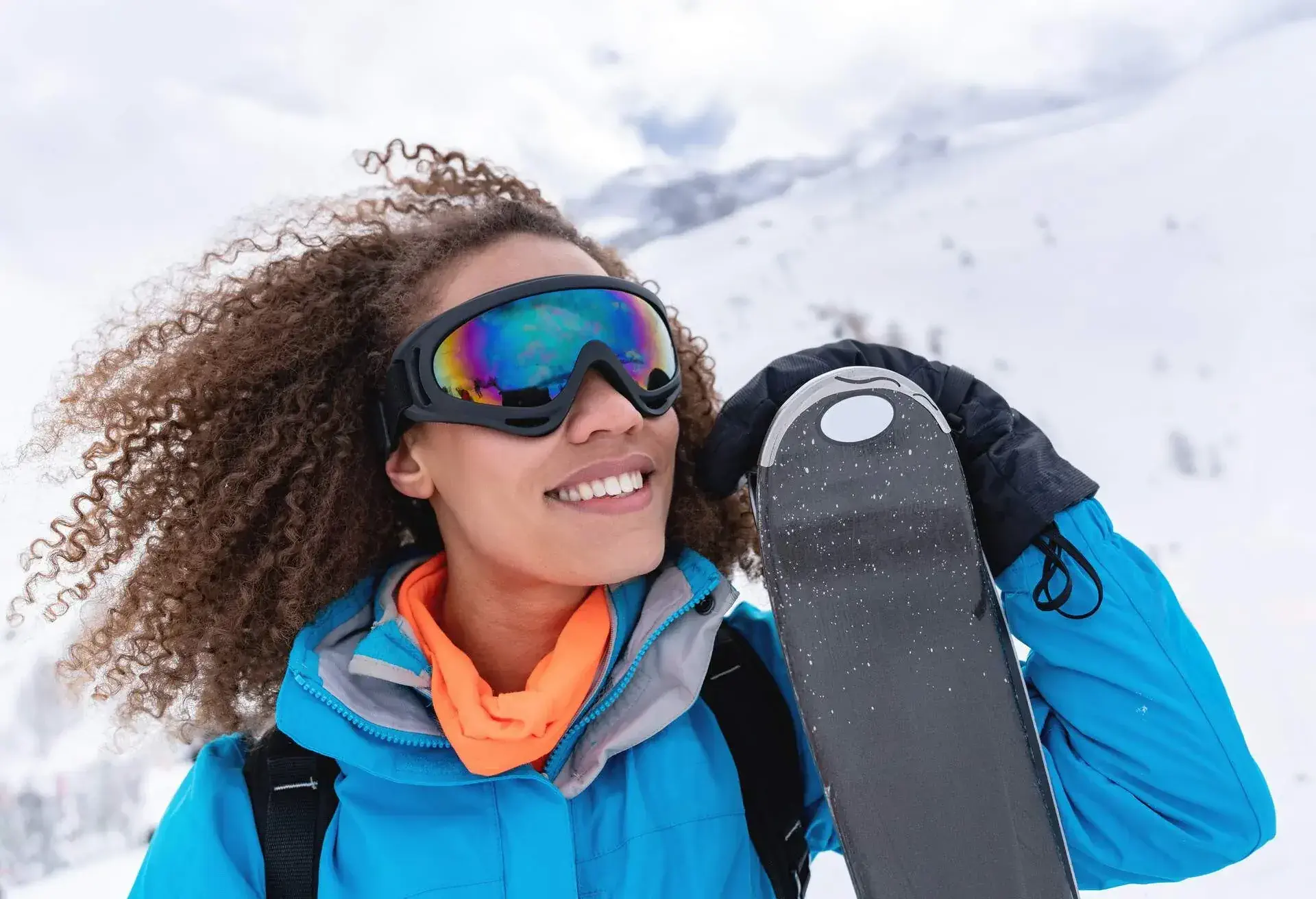
The Mount Buller ski resort is quite close to Melbourne and can easily be visited on a day trip from the city. You can spend a day hitting the slopes and then head back to Melbourne, or you can stay in the village at one of their ski lodges and have dinner at one of their excellent restaurants. Kids can have tons of fun at one of Mount Buller’s toboggan parks, and there are ultra-relaxing spas for those looking for a winter sauna experience. If you drive to the village, you’ll need to park at the resort entry and then take the free shuttle bus into town.
Quick Facts: Mount Buller, Victoria
With roughly 741 acres of skiable area, 22 ski lifts and 9 km worth of cross-country trails, Mount Buller has plenty to offer. Most of its trails cater more to beginner skiers, but there are also options for those who are more advanced. It sits at an elevation of just over 1,800 metres and gets good snow coverage – it gets an average annual snowfall of 4 metres – with average temperatures of around -2°C to 4°C during winter. Mount Buller also offers a Snow Guarantee, which means you can get your money back on accommodation, lessons and lift rental if there isn’t enough snow cover.
Mount Baw Baw, Victoria
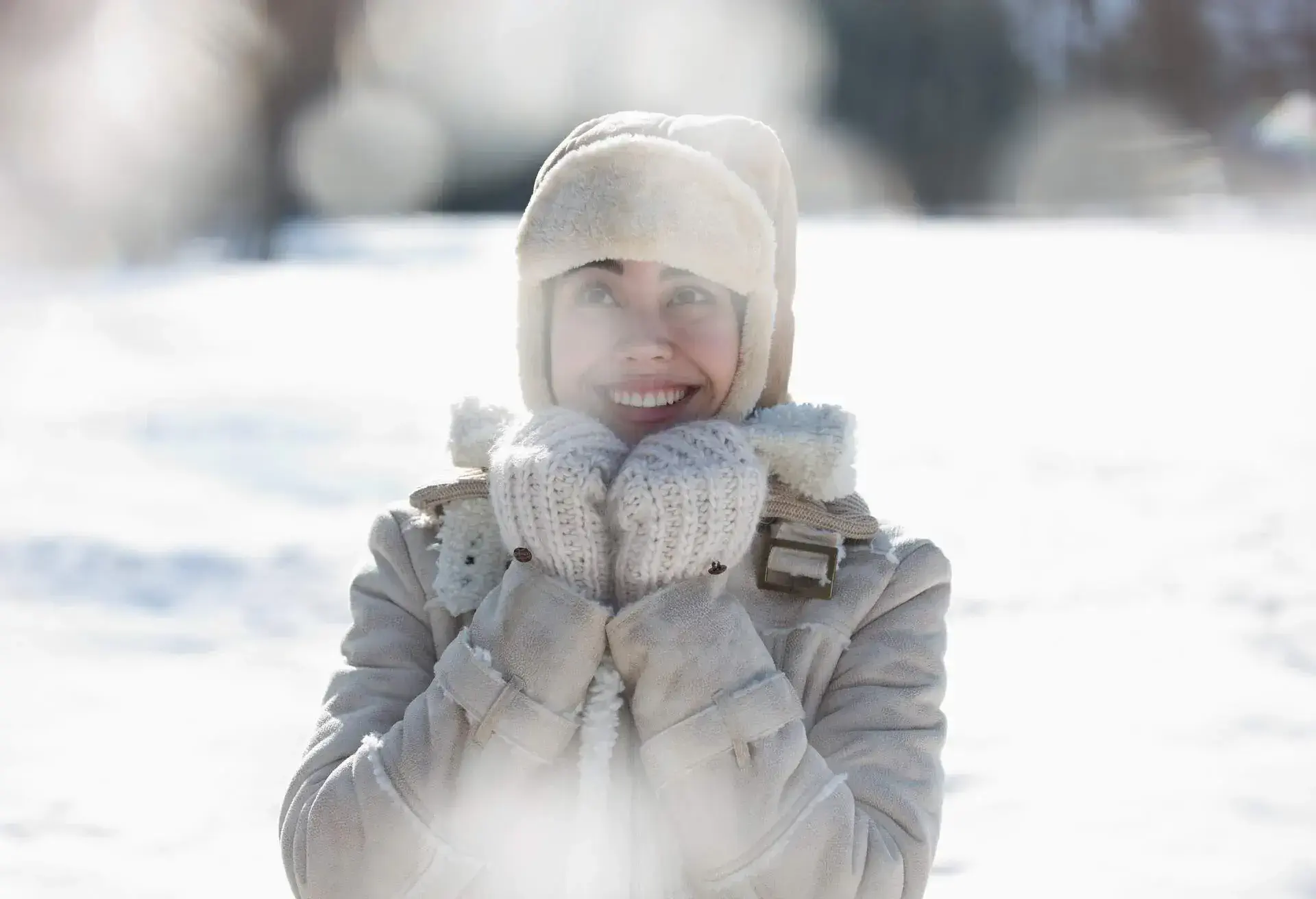
Mount Baw Baw is a ski resort very close to Melbourne and is an ideal location for beginners or those looking to take the step from beginner to intermediate. Their ski school is focused on novices, so even if you’re a complete beginner you can learn the ropes; they have an excellent range of beginner and intermediate slopes. Along with ski slopes, it also offers a toboggan park, dog sledding and snowshoeing. You can stay on the mountain at self-contained apartments, lodges or the Alpine Hotel, which is geared towards backpackers.
Quick Facts: Mount Baw Baw, Victoria
Mount Baw Baw sits at an elevation of around 1,567 metres. It gets an average annual snowfall of 2.5 metres, and due to its lower elevation, it may not get good snow coverage until August when temperatures average between -2°C and 3°C.
Falls Creek, Victoria
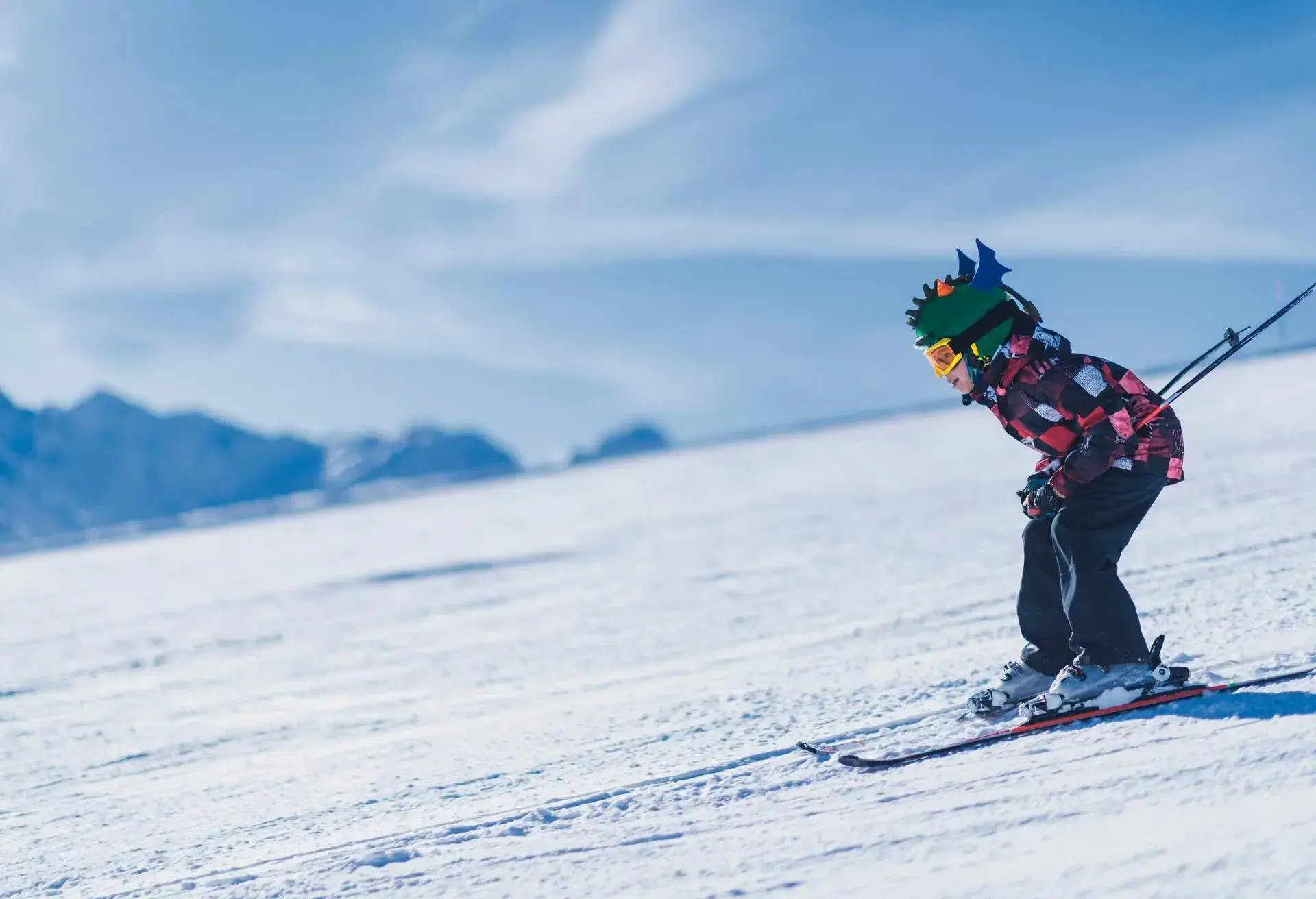
Falls Creek is an excellent ski resort for beginners or families with young kids, as it has ski schools and free toboggan slopes as well as many beginner slopes. It has four separate terrain parks, so you can progress bit by bit from an absolute beginner to a seasoned pro. Located in Alpine National Park, about 4h 30min from Melbourne, the village itself has a number of excellent bars and restaurants, with lovely ski lodges available for accommodation. The resort also has a creche for kids five and under and a kids’ ski school.
Quick Facts: Falls Creek, Victoria
The highest Falls Creek lift point sits at an elevation of about 1,780 metres and there are around 92 marked trails across roughly 450 hectares. It gets moderate snow coverage and temperatures average between -2°C and 4°C from June to August. August is the better month for snow, with frequent storms and an average season depth of 1.5 metres of natural snowfall.
Charlotte Pass, New South Wales
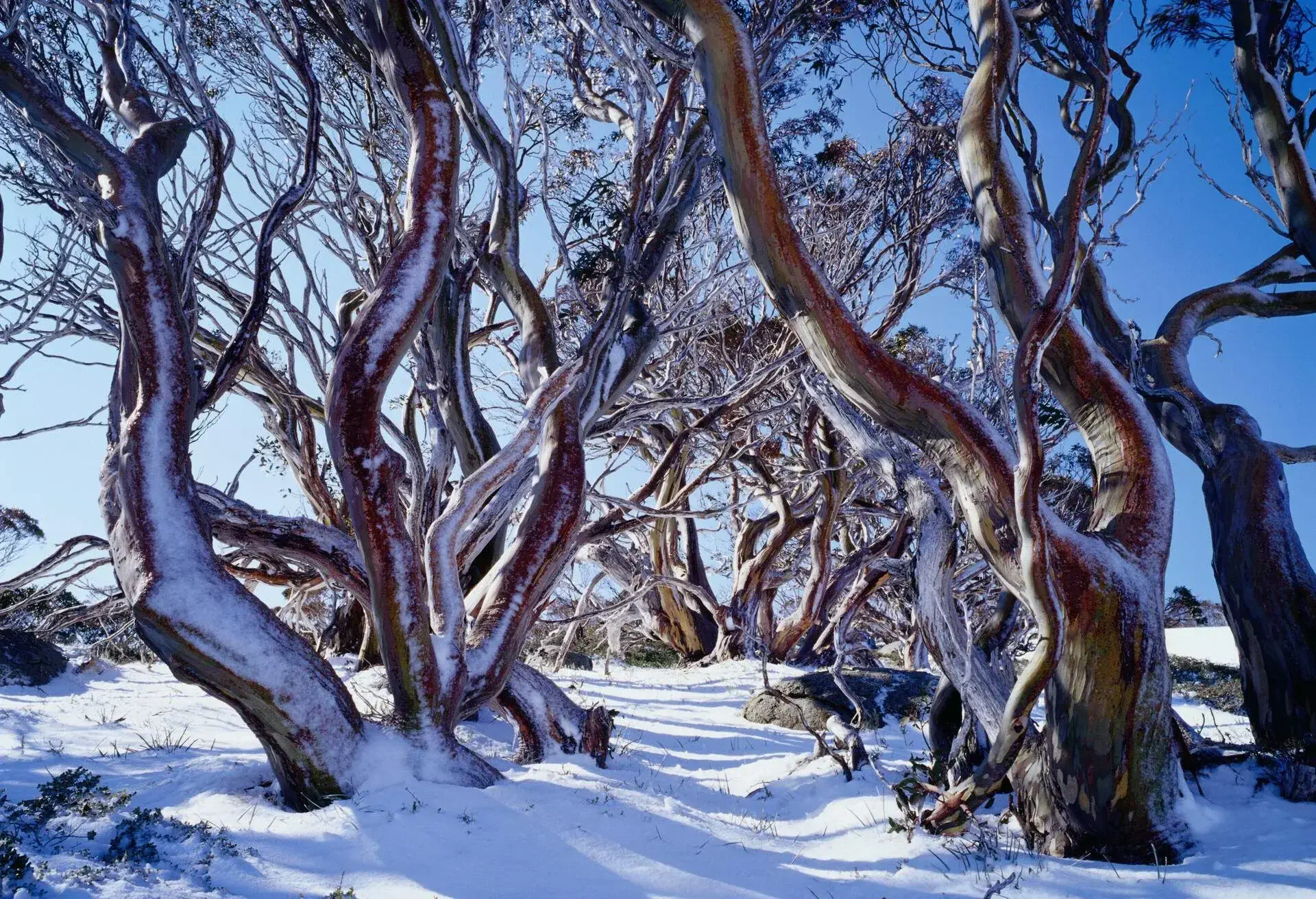
Located in Australia’s famous Kosciuszko National Park, Charlotte Pass is Australia’s oldest ski resort and is particularly popular with snowboarders. The main skiing area is well suited to beginner and intermediate skiers, while more experienced skiers can head to the backcountry trails. The resort also provides amazing views of Mount Kosciuszko, the highest peak in Australia.
Quick Facts: Charlotte Pass, New South Wales
The Charlotte Pass resort sits at an elevation of about 1,760 metres. This means it gets a good amount of natural snowfall during winter, with seasonal peaks of around 1.5 to 2 metres, usually during August. The temperature in winter averages between -6°C and 3°C.
Thredbo, New South Wales
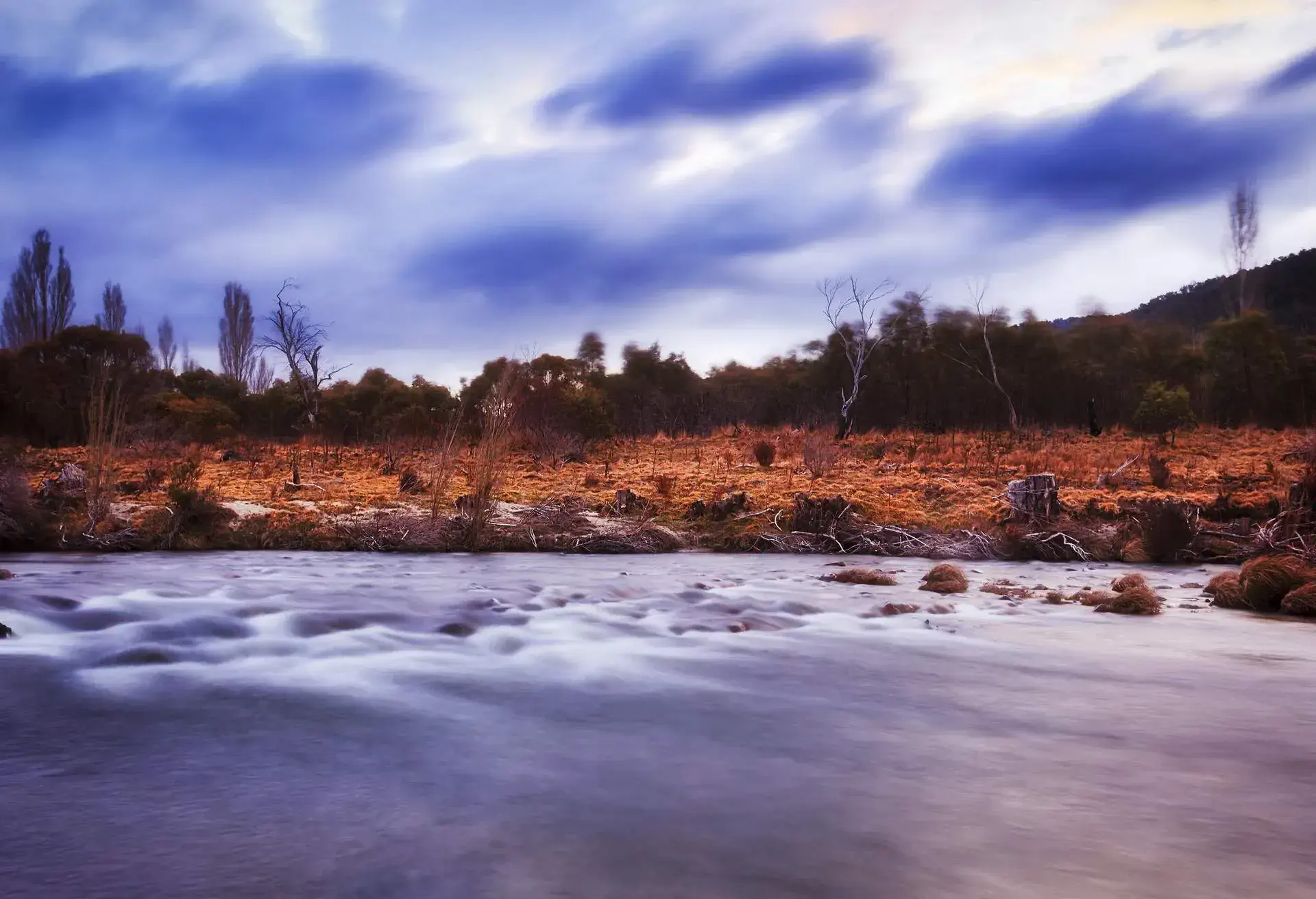
Also in Kosciuszko National Park, Thredbo is the highest ski resort in Australia, with the highest lift point sitting at roughly 2,037 metres. It has some of the best vertical runs that you’ll find in New South Wales, and in good snow conditions, you can head down the Supertrail, which, at around 3.7 km, is the longest ski run in Australia.
Thredbo has lots of variety on offer, with over 1,000 acres of skiable terrain across four terrain parks with beginner, intermediate, pro and cross-country trails. When you’ve had enough skiing or snowboarding, head into Thredbo Village and relax at one of their day spas, go swimming at their leisure centre or explore their shops and restaurants.
Quick Facts: Thredbo, New South Wales
Thredbo gets its highest snowfall in August, with an average season depth of 1.5 metres and the temperature averaging between -3°C and 6°C from June to August. It has around 53 marked runs and 13 lifts.
Perisher, New South Wales
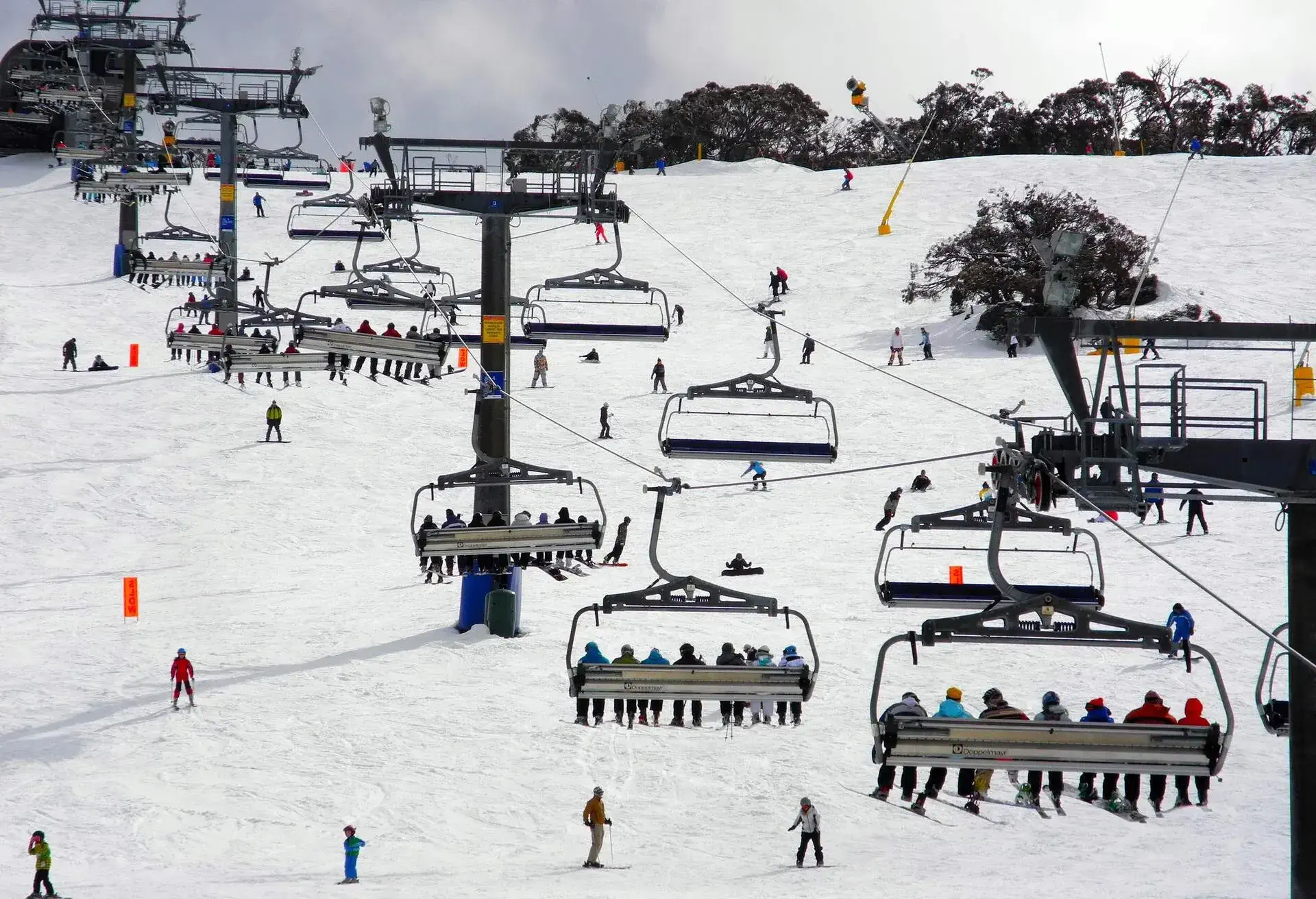
Perisher is made up of four ski resorts that are linked to each other: Smiggin Holes, Blue Cow, Guthega and Perisher. You’ll only need one pass to access all four resorts across seven peaks, with Mount Perisher as the highest peak and Mount Piper best for beginners. An easy way to drive to the resort while avoiding difficult driving conditions is to head to Bullocks Flat and then take the Skitube Alpine Railway, which can take you to either Perisher or Blue Cow.
Quick Facts: Perisher, New South Wales
Perisher has over 100 runs and 47 lifts across roughly 3,076 acres of skiable terrain. It’s located in one of the snowiest regions in Australia and has an average depth of 1.9 metres during August. The temperature in winter is between -4°C and 4°C on average.
Jindabyne
If you plan on taking a longer ski holiday, you don’t have to stay at the resorts. Jindabyne isn’t a ski resort, but this lakeside town makes a great base if you want to try different ski resorts for a lower budget. It offers fair-value accommodation and has a snow shuttle that runs to Thredbo and Perisher. The temperature in winter is usually between -4°C and 4°C.
Ben Lomond, Tasmania
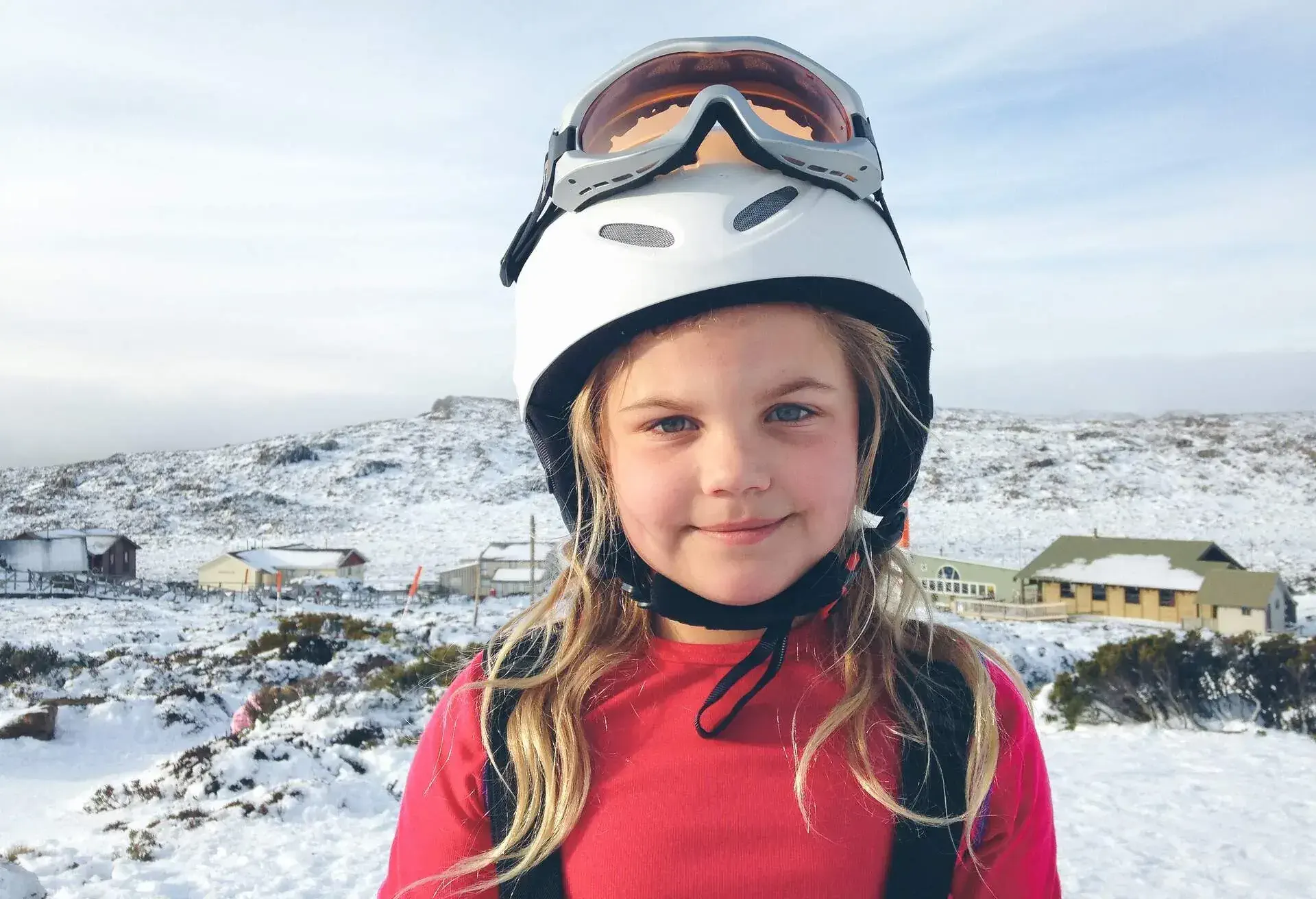
Ben Lomond is the only ski area in Tasmania that you can reach by car and it’s only around 1h 30min from the city of Launceston (note that between June and September, you’ll be required to use snow chains). The resort is great for families, with a snow play area for kids, a toboggan run and plenty of beginner slopes. Situated within Ben Lomond National Park, the resort also offers beautiful views and alpine landscapes.
Quick Facts: Ben Lomond, Tasmania
Like most ski resorts in Australia, August is the snowier month and the resort combines snowmaking with natural snowfall to provide good coverage. Its highest point sits at around 1,527 metres, and the base of the village sits at roughly 1,460 metres. Winter temperatures average between -7°C and 6°C.

